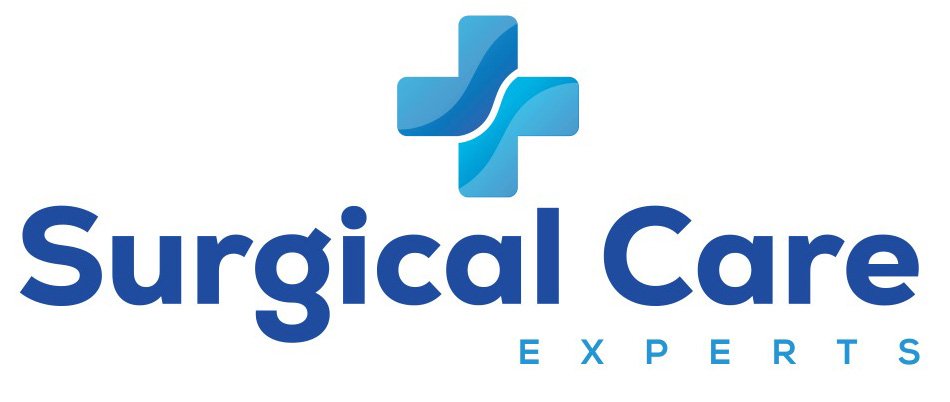About Us
Sebaceous Cyst Removal: Addressing Unsightly Bumps

Diagnosis: Ensuring an Accurate Assessment
Our experienced dermatologists or cosmetic surgeons will conduct a thorough evaluation to diagnose a sebaceous cyst. This may involve:
- Reviewing your medical history and concerns
- Performing a physical examination to assess the cyst’s location, size, and mobility
Advantages of Choosing Surgical Care Experts:
- End-to-End Care: We manage everything from diagnosis and pre-operative consultations to surgery and post-operative care, providing a seamless experience.
- Experienced Professionals: Our board-certified dermatologists or cosmetic surgeons are skilled in sebaceous cyst removal, prioritizing minimally invasive techniques.
- Focus on Minimally Invasive Techniques: Whenever possible, we utilize techniques like incision and drainage or excision with minimal incisions to minimize scarring.
- Effective Treatment: Sebaceous cyst removal offers a permanent solution for these bumps, preventing recurrence.
Patient-Centered Approach: We address your concerns and tailor the treatment plan to your specific needs and cyst characteristics.
Symptoms of Sebaceous Cysts:
- Slow-growing bump under the skin, typically on the face, scalp, neck, back, or torso
- Size can vary from pea-sized to several centimeters
- Round or oval shape
- Smooth, dome-shaped surface
- Skin tone or slightly yellow color
- Painless in most cases, but may become tender with inflammation
Causes of Sebaceous Cysts:
Sebaceous cysts develop when a sebaceous gland (oil gland) becomes clogged with sebum (oil). This can happen due to a blocked pore or damaged hair follicle.
When to See a Doctor
If a sebaceous cyst bothers you cosmetically, becomes painful, inflamed, or rapidly grows, consult a doctor for evaluation and treatment options.
Risk Factors and Complications:
Sebaceous cyst removal is a generally safe procedure. However, potential risks include infection, bleeding, and temporary bruising or swelling. Choosing a qualified professional and following post-operative instructions carefully minimizes these risks.
Prevention:
While there’s no guaranteed way to prevent sebaceous cysts, good skin hygiene practices can help reduce the risk of clogged pores. This includes gentle cleansing and avoiding harsh products or excessive scrubbing.
Patient Testimonials



FAQ's
Common treatment options include incision and drainage (lancing the cyst to remove its contents) and excision (surgical removal of the entire cyst sac). The most suitable technique depends on the cyst’s size and location.
Minimally invasive techniques prioritize minimal scarring. Most scars fade significantly over time.
Recovery is typically quick. You may experience some discomfort for a few days, but pain medication is usually effective in managing it. Most patients can return to normal activities within a day or two.
Complete removal of the cyst sac minimizes the risk of recurrence.
The procedure is typically performed with local anesthesia to minimize discomfort.
Yes, sebaceous cyst removal can be performed for cosmetic reasons to address bothersome bumps on the skin.


